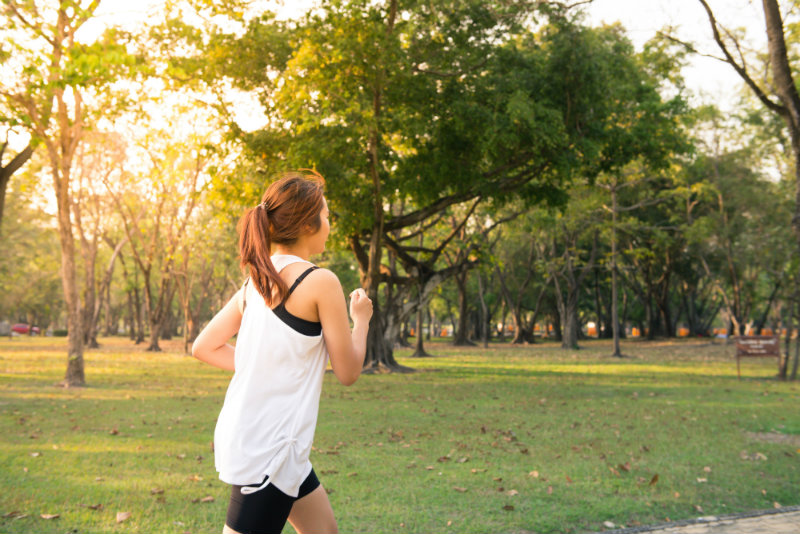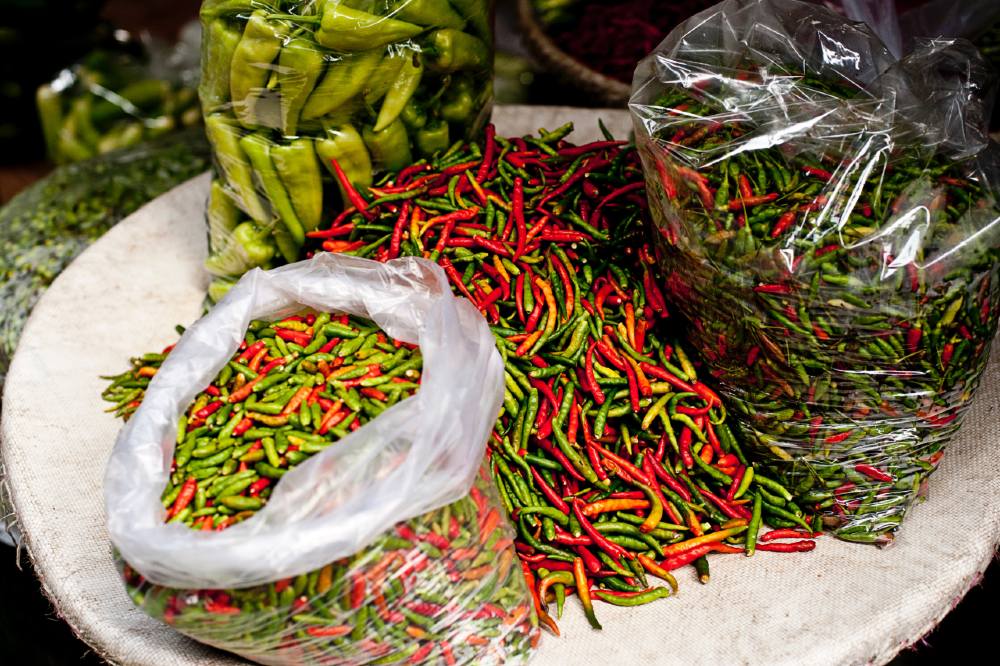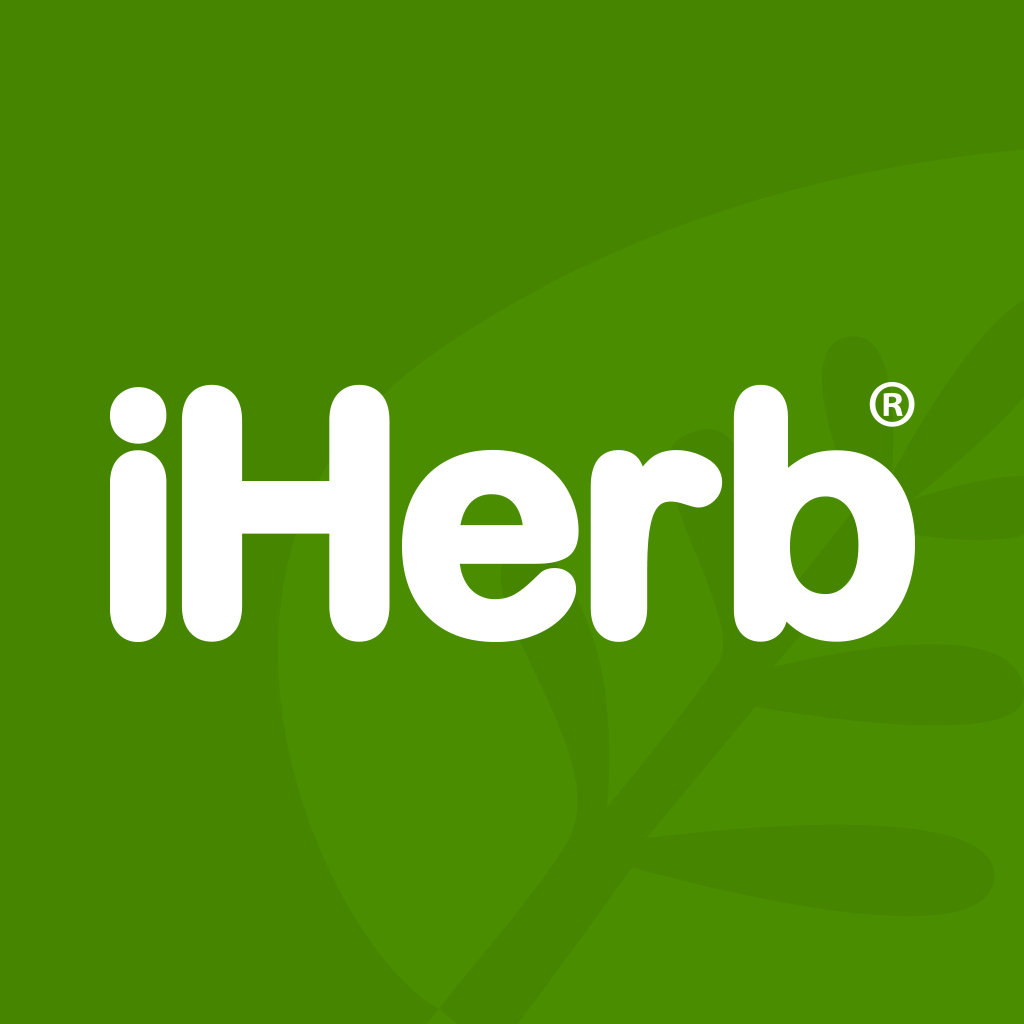Disclaimer: This article is for information only. Consult a doctor for more information. See our disclosure here.
A migraine is a severe headache that’s usually felt on one side of the head, with the throbbing pain often being debilitating for the sufferer. Many people also feel symptoms of nausea or/and increased sensitivity to light. A migraine attack can occur frequently or occasionally, but it can linger on for days, thus affecting the quality of a person’s life. In severe cases, people have no choice but to stay in bed for days at a time until the attack subsides.
To find migraine relief, it can be beneficial to identify the possible triggers, such as certain foods to avoid. By monitoring what you eat and avoiding the foods that trigger your headaches, you’ll be able to lessen the symptoms. The following is a list of foods that can trigger migraine headaches:

Foods That Might Trigger Migraine
Chocolate
Chocolate contains some ingredients that contribute to migraine attacks. One such ingredient is phenylethylamine, which is thought to alter the blood flow to the brain in a way that leads to headaches. Another trigger in chocolate is caffeine, which is known to bring on migraine headaches.
Citrus fruits
Citrus fruits, such as lemons, oranges, grapefruits, and satsumas, not only trigger migraines but are also linked to gastric irritation.
Spicy foods
Chilli peppers, ginger, and curry are thought to trigger migraines. This is because spicy foods react to certain pain receptors in the brain and lower the threshold for migraine pain.
Bananas
If you are sensitive to tyramine, you should avoid eating bananas. However, most of the tyramine is actually in the banana peel rather than the flesh, so the only way you’ll know whether this fruit triggers your headaches is by keeping a food diary.
Aged cheese
Mature cheeses, such as Gouda, blue cheese, Parmesan, Swiss, and cheddar, are more likely to cause a headache since the culprit is the same substance that’s found in bananas: tyramine. Again, it’s best to make a note of these foods in your diary so you can be sure that they are the actual reason for your migraine.
Caffeine
Studies have discovered that a lowered intake of caffeine can significantly improve migraine treatment. This substance isn’t just found in coffee and chocolate, but it’s also in teas, fizzy drinks, and energy drinks, as well as some over-the-counter medicines. While it may be difficult to stop consuming caffeine completely, you can reduce the number of teas and coffees you have every day.

Seeking Migraine Relief
While there is no cure for migraine headaches, there are some medicines you can take to ease the symptoms. These include:
• Paracetamol or Ibuprofen
• Anti-emetic medicines that reduce the feeling of nausea
• Triptans can help reverse the brain’s signals during a migraine attack
During a migraine attack, it’s best to sleep or lie down in a dark and quiet room until your headache subsides.
If you suspect that certain foods are triggering your headaches, you may want to try the following:
• Keep a migraine diary: write down all the foods you have eaten shortly before your headache starts.
• Eliminate the triggers: once you’ve found what the foods that are triggering your migraines, make a list of them and avoid eating them altogether.
• See a dietitian: while there is no specific migraine diet plan, a professional dietitian will be able to guide you on the best foods to include in your diet and the ones that you must avoid.

Practicing a Healthier Lifestyle
Even if you haven’t found any foods that trigger your headaches, you can benefit from making healthier lifestyle choices. For example, eating five portions of fruit and vegetables throughout the day, as well as avoiding junk food, and exercise might help prevent migraine headaches and reduce the likelihood of experiencing frequent attacks.





